








Designed by Nigel G Wilcox






The Paragon Of Metal Detecting
Powered By Sispro1
British Sterling Currency - Numismatics,
Angel
For Reference ONLY
Everything For The Detectorist
Angel
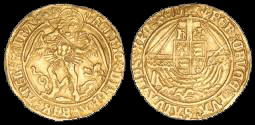
Henry VII 1485-1509 AD
Royal Monarchy
Copyright All Rights Reserved by Nigel G Wilcox E-Mail: ngwilcox100@gmail.com
INFORMATION - DATA
Pages
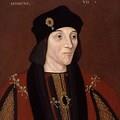
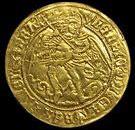
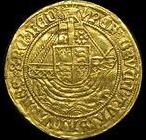
Obverse:
HENRIC DI GRA REX ANGL Z FRA. St Michael slaying dragon
Reverse:
PER CRVCE TVA SALVA NOS XPE RED. Ship sailing r. quartered shield of arms at deck, h and rose at mast.
HENRIC DI GRA REX ANGL Z FRA. St Michael slaying dragon
Reverse:
PER CRVCE TVA SALVA NOS XPE RED. Ship sailing r. quartered shield of arms at deck, h and rose at mast.
The Coinage of
Henry VII
Henry VII
In 1485, Henry Tudor defeated King Richard III (House of York) on Bosworth Field. Henry's mother, Margaret Beaufort belonged to the House of Lancaster. Henry'r marriage to Elizabeth of York, daughter of King Edward IV, united the houses of Lancaster and York, thus ending the dynastic wars, better known as 'the War of the Roses'. Henry VII was associated with a red rose for the House of Lancaster and the White Rose was associated with the House of York. He combined them to form the 'Tudor double Rose', a gesture and recognition for the the coming together of the Tudor dynasty.
Henry VII was diplomitically astute, both when dealing with parliament and the nobility, when it came to negotiation and treaties with foreign officials. He was also prudent in economics and trade and he took on the modernisation of the administration concerning the crown. He developed a more efficient taxation system and methods of collection. This proved unpopular with the people, however the improvements brought in wealth for the crown and the nation. To his successor, he left a prosperous and powerful country.
The angel varied in value from 6 shillings 8 pence to 11 shillings between Edward's reign and the time of James I. Under Charles I, it was last coined in 1642.
In 1526 during the reign of Henry VIII, it increased to seven shillings and six pence (7 s. 6 d.) or 90 pence.
In 1544, it increased again to eight shillings (8 s.) or 96 pence.
In 1550 during the reign of Edward VI it increased to ten shillings (10 s.) or 120 pence or £½.
In 1612 during the reign of James I it increased to eleven shillings (11 s.) or 132 pence.
In 1619 it decreased to ten shillings (10 s.) and at that point in time it weighed 70 grains (4.5 g).
In 1663, Charles II replaced the existing coinage with entirely new designs struck by machine ("milled"). The standard gold coin then became the Guinea. 2016 coin value at action for 13.000$ us
Henry VII was diplomitically astute, both when dealing with parliament and the nobility, when it came to negotiation and treaties with foreign officials. He was also prudent in economics and trade and he took on the modernisation of the administration concerning the crown. He developed a more efficient taxation system and methods of collection. This proved unpopular with the people, however the improvements brought in wealth for the crown and the nation. To his successor, he left a prosperous and powerful country.
The angel varied in value from 6 shillings 8 pence to 11 shillings between Edward's reign and the time of James I. Under Charles I, it was last coined in 1642.
In 1526 during the reign of Henry VIII, it increased to seven shillings and six pence (7 s. 6 d.) or 90 pence.
In 1544, it increased again to eight shillings (8 s.) or 96 pence.
In 1550 during the reign of Edward VI it increased to ten shillings (10 s.) or 120 pence or £½.
In 1612 during the reign of James I it increased to eleven shillings (11 s.) or 132 pence.
In 1619 it decreased to ten shillings (10 s.) and at that point in time it weighed 70 grains (4.5 g).
In 1663, Charles II replaced the existing coinage with entirely new designs struck by machine ("milled"). The standard gold coin then became the Guinea. 2016 coin value at action for 13.000$ us
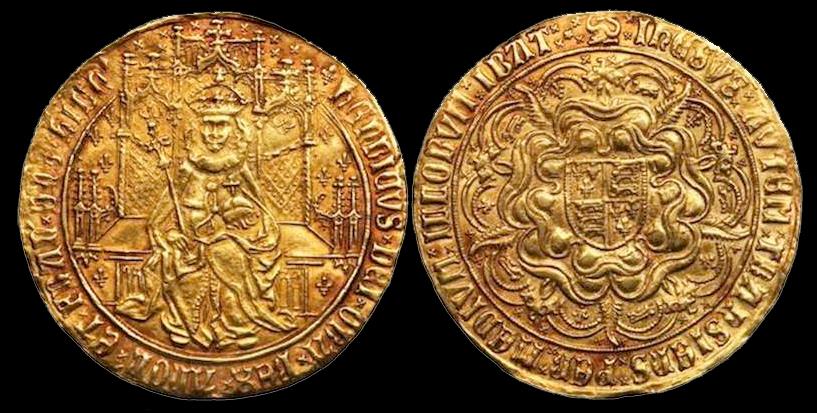

Henry VII
Main Coin Menu

VIEW ALL MENUS
Member NCMD
6. S. Menu

























